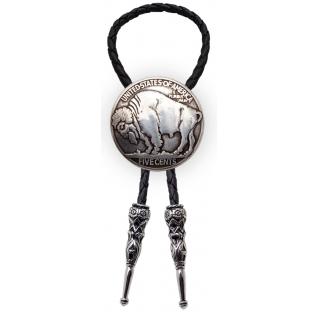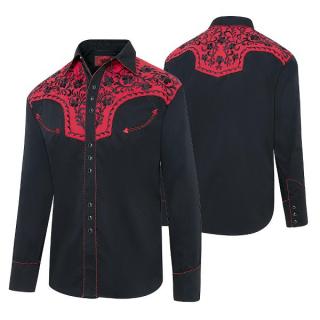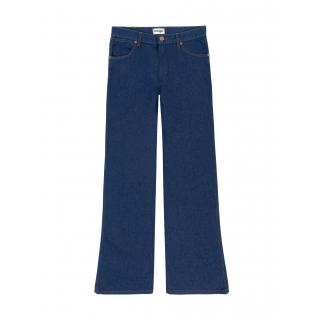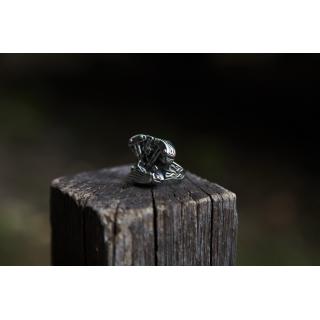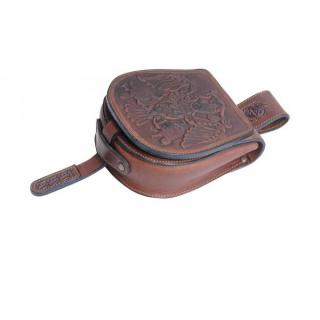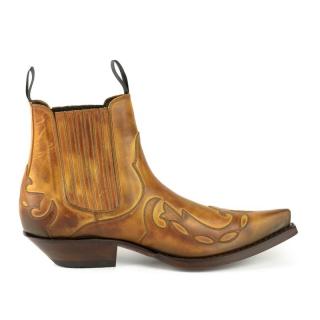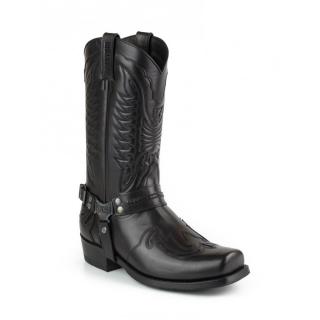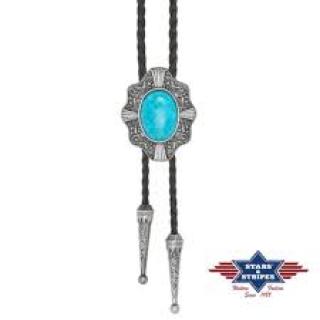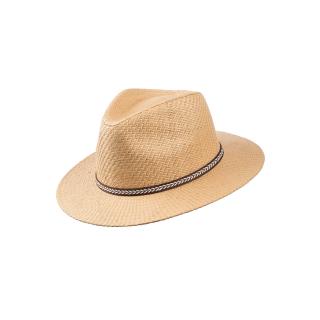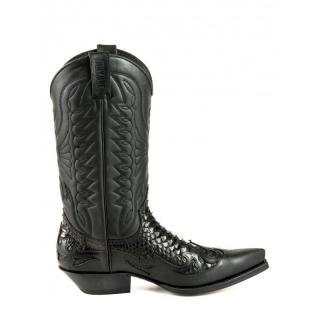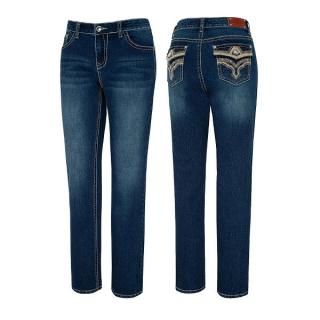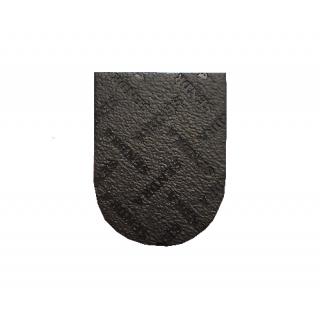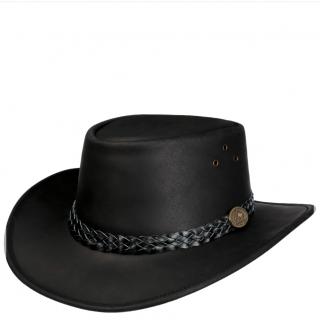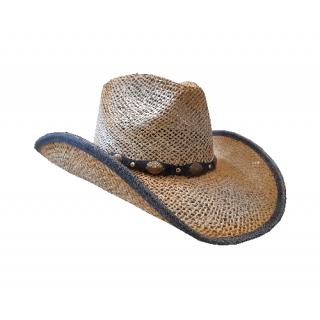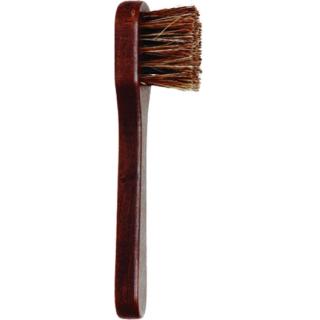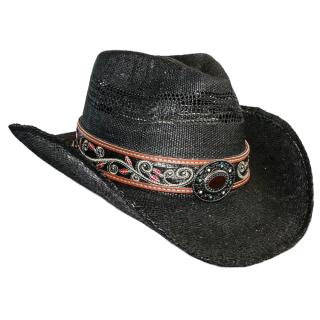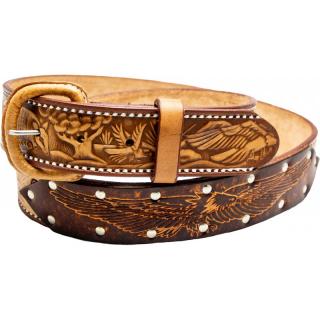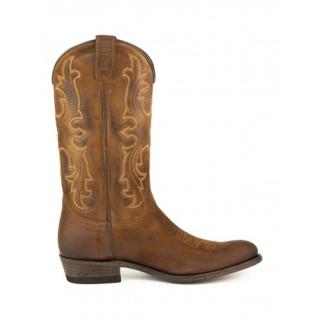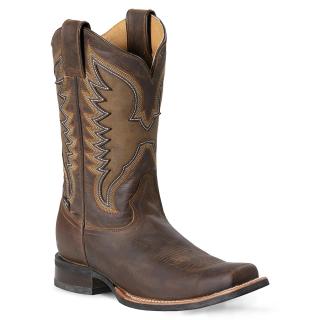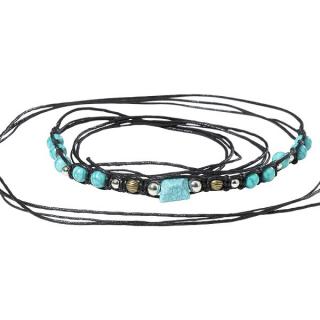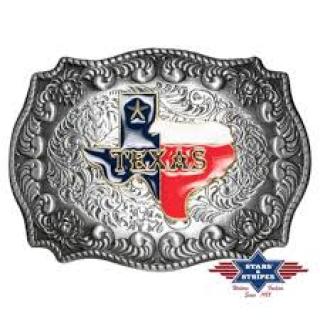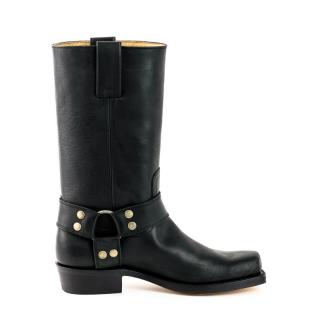
The sad story of America's First Nation
In our current article, we would like to review the story of a legendary ethnic group, proud yet filled with hardships, whose story ultimately ended in sadness.
It is widely known that the Native Americans, thousands of years ago, crossed the Bering Strait from Siberia to arrive in America. Their Asian origin, which could also be inferred from their distinctive facial features, has been confirmed through genetic testing in recent times.
After arriving from the north to the new land, they populated the entire continent through Central and South America, reaching as far as Tierra del Fuego, located 15,000 kilometers to the south.
When Columbus landed in 1492, he famously believed that he had reached India, thus naming the local people Indios (Indian in Spanish). When the first settlers arrived in America from the Old World, they referred to the strong-cheekboned, tanned indigenous people as Red Indians.Over time, they became culturally distinct tribes and clans, with members speaking hundreds of languages and thousands of dialects. The tribes, based on local characteristics, were fundamentally divided into two groups: the woodland and the prairie Indians. They lived their lives quite differently depending on whether they primarily relied on hunting or agriculture for their livelihood.
Despite their knowledge of using stone, wood, leather, or bone for crafting weapons or within their households, these people had little knowledge of metals until the arrival of the white men, which proved to be a significant disadvantage in retrospect.
Did you know that Native Americans were called "Redskins" not because of their skin color but because of the red-colored war paint they applied on their skin?
The most populous North American tribes during that time were as follows:
Apaches (Southern, Southwestern, Eastern regions), Cherokee (Kentucky-Tennessee, East Carolina), Cheyenne (Great Plains), Chinook (Northwest Pacific coast), Iroquois (Northeast), Mohawk (New York), Navajo (New Mexico, Arizona, Utah), Sioux (Great Plains).
According to the Native Americans' religion based on reverence for nature, the earth does not belong to humans; rather, humans belong to the earth. This worldview, though sympathetic and deserving of respect, posed a significant obstacle to the incoming European conquerors. The Native Americans' technological backwardness and their fragmented tribes made resistance difficult or essentially impossible.
With the expansion of the settlers, the tribes gradually began to be pushed out of their hunting grounds and fertile lands, while the decline of the bison population weakened their traditional food source. Alongside the construction of westward railroads, the influx of settlers and fortune seekers seeking easy wealth accelerated.
Despite the community of American states always attempting to project an image of lawful land acquisition through various dubiously valid peace treaties, the true goal was the displacement or extermination of the Native American population. The well-known phrase "A dead Indian is a good Indian" sums up this sad period.
By the 20th century, this policy had achieved its aim, and only a fraction of the Native American population survived the influx of the new population. Most of them were confined to reservations, stripped of their means of livelihood and their past, pushed into utter destitution and humiliation.
Today, the American government, perhaps guided by its conscience, has granted special rights to the indigenous people, which entail significant tax benefits and privileges for them. However, the official designation for Native Americans remains "The First Nation." According to them, they were merely the first nation in this vast melting pot.
Well, everyone can form their own opinions on this matter, but let's admit that as a white participant in a Native American ceremony, it is not easy to look into the eyes of a proud, stern-looking, feather-adorned tribal chief without feeling a sense of shame.

